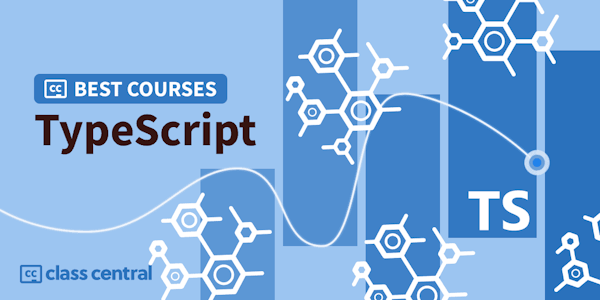Learn how to build a pin-input component with state machines, Zag.js and React.
We’ll look at modeling a UI component with state machines, implementing those in a framework agnostic way using Zag.js, and connect the logic to the UI component.
This course is a must-watch if you’re unfamiliar with State machines, and want to learn how to use them to build UI components with ease.
In this course, you will:
- Learn fundamental concept of state machine, event and transition
- Model a UI component with state machine
- Connect state machine logic to UI
- Manage DOM events in state machines
- Create custom React hooks with state machines
Overview
Syllabus
- Introduction: Statechart Driven UI Components with Zag.js
- Model Finite Number of State and Events with State Machines
- Model the Basic Events, Actions, and Transitions of a Pin Input Component
- Set up a React + Zag.js Project with Vite
- Style a Pin Input through Data Attributes in React
- Create and Visualize a Pin Input State Machine with TypeScript and Zag.js
- Connect Zag.js Machine Logic to React UI through the useMachine Hook
- Implement a State Machine Action for Setting Input Focus in Zag.js
- Trigger Side Effects in a Zag.js State Machine with the watch Property
- Schedule Input Focus with requestAnimationFrame to Handle Multiple DOM Mutations in Zag.js
- Spread Values Across a Pin Input Field in a Zag.js State Machine
- Implement Conditional Logic in a Zag.js Action to Enforce a Single Character Per Input
- Trigger Side Effects using Zag.js computed and watch Properties
- Submit Pin Input Values in a Form with a Hidden Input
- Refactor Zag.js State Machine Powered Pin Component Functionality to a Custom React Hook
Taught by
Segun Adebayo



